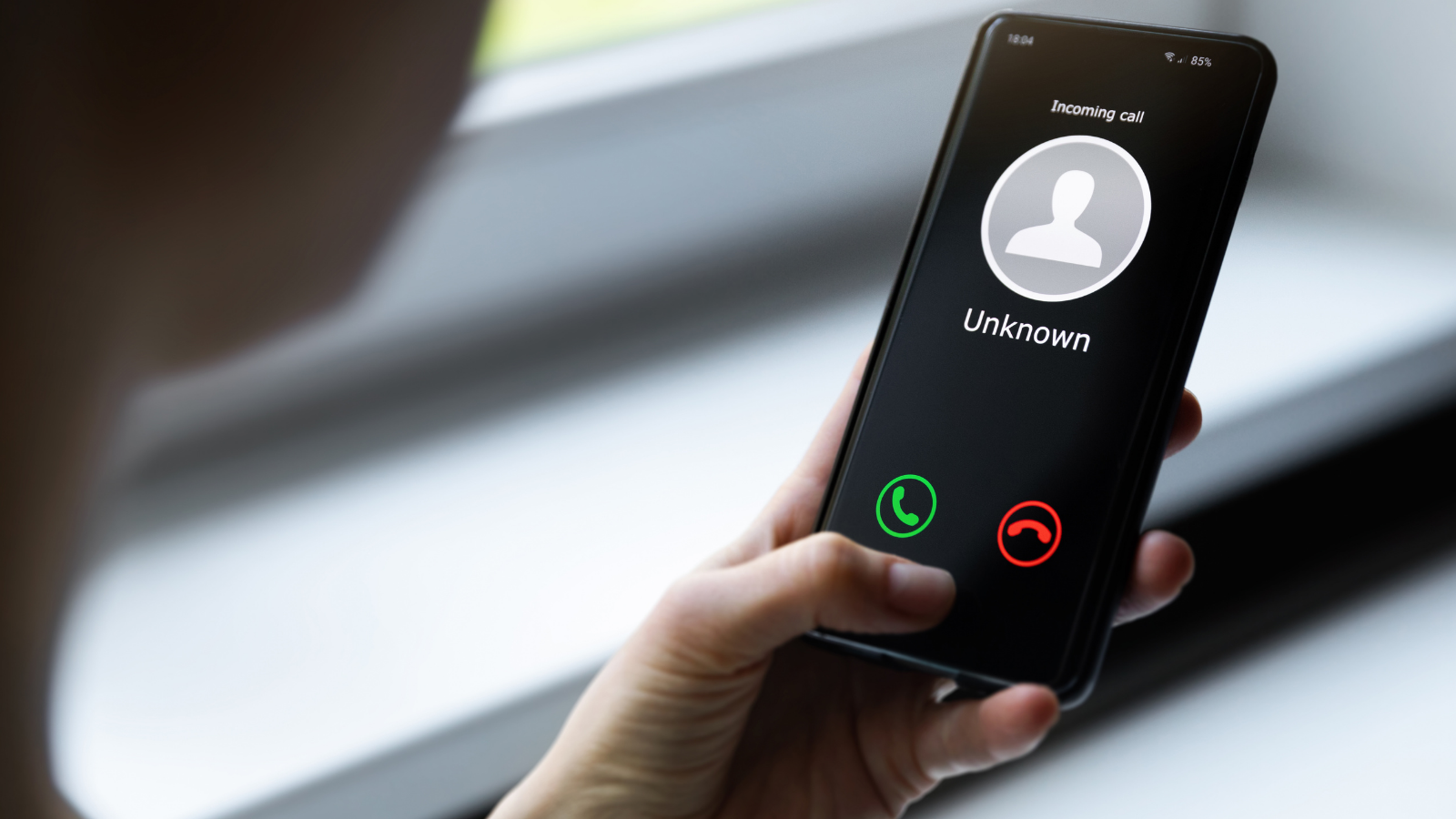
The basic function of the mobile phone is to connect phone calls from one device to another, . . . and that’s just one of countless reasons we love wireless. Sounds simple enough.
But, why are we now getting so many unwanted and ANNOYING calls? Unsurprisingly, the app RoboKiller estimates that Americans get more than 171 million robocalls calls each day.
One major reason for the influx of robocalls is “voice over internet protocol” – or VoIP. Leveraging the internet enables bad actors to place tens of thousands calls simultaneously to just as many phones. Beyond that, abusive robocallers can manipulate caller ID information to parody a legitimate call. One way to do this is “spoofing” phone numbers, so the call looks like it is from someone in your area code or another entity that looks familiar to you when actually the call is from a fraudster from out of state or even overseas. These tactics make it extremely hard for you to separate the good calls from the bad.
If that isn’t enough, Wired Magazine points out, “VoIP software also allows robocallers to bounce their calls around the telephony network a few times before connecting, making it more difficult for law enforcement and service providers to trace robocalls back to their origins.”
All these factors combined make it nearly impossible to stop these calls.
However, the Federal Communications Commission (FCC) and mobile providers are working hand-in-hand on a new caller ID authentication system called SHAKEN/STIR aimed at combating illegal caller ID spoofing. This is great news. This new protocol will help your wireless providers digitally validate a variety of calls, allowing your provider to verify the caller and the caller’s right to use the phone number; in other words, it helps confirm the call is ACTUALLY from the person caller ID says it is.
SHAKEN/STIR is just one of the many tools we will need to fight robocalls, because it can’t prove that a call is “good” or that the person calling has good intent, and its not compatible with all phone networks or devices. Luckily, wireless companies are offering many new tools and services to enhance caller ID and block unwanted robocalls.
While we don’t want all robocalls stopped—many of us like knowing when a prescription is ready to be picked up, for example—this policy is definitely a step in the right direction in determining the best way to overcome bad actors.
Click below for steps you can take NOW to stop unwanted calls.